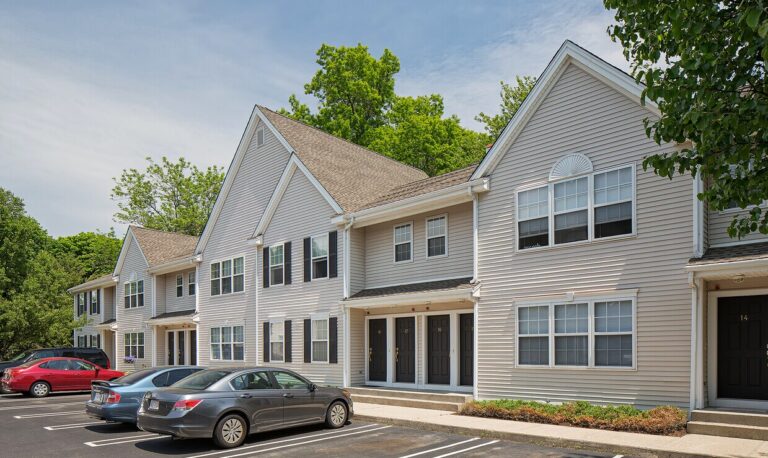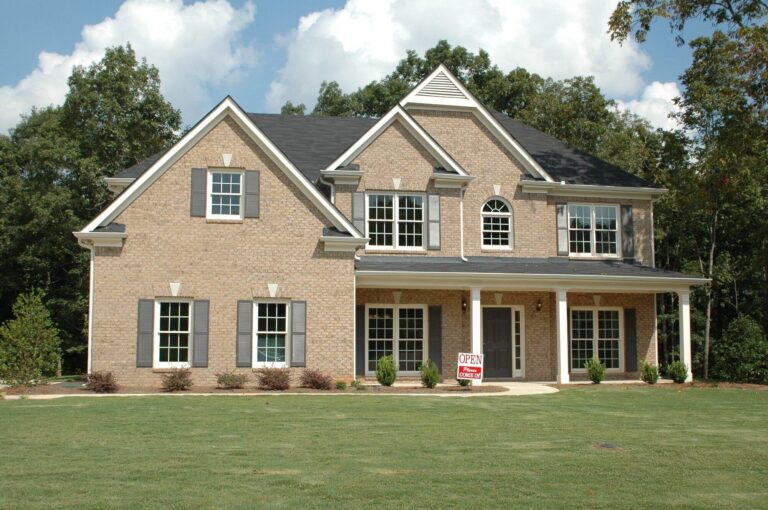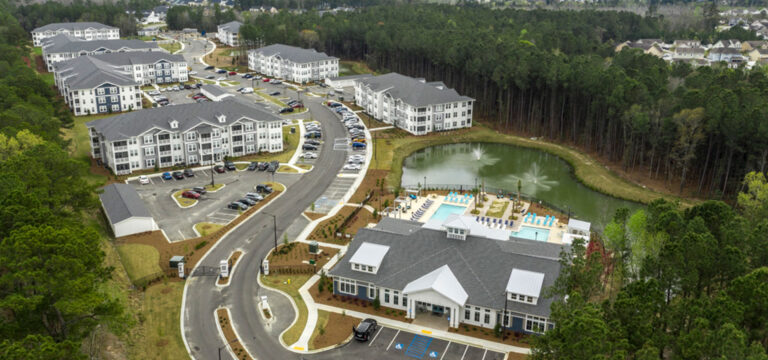What You Can and Can’t Change in Your Rental Apartment: Navigating Landlord-Tenant Agreements
When embarking on the endeavor of searching for apartments for rent, delving into the intricacies of landlord-tenant agreements becomes an indispensable guiding light. Potential tenants must navigate the labyrinth of regulations to discern with clarity what facets are open to modification within rental agreements and those that stand unyielding to change.
Unveiling the layers of what can and cannot be altered in rental agreements is akin to deciphering a complex code where each clause and provision carries its weight in legal significance. For instance, while cosmetic alterations like paint color or minor fixtures are commonly within the tenant’s discretion, fundamental terms such as rental payment schedules, lease duration, or maintenance responsibilities typically remain unalterable without mutual agreement between both parties.
In this intricate dance of agreements and stipulations, the process of tenant screening emerges as a critical juncture for both landlords and prospective renters. Tenant screening, a thorough evaluation conducted by landlords or property managers, aims to assess the suitability of a potential tenant. This process often involves checking credit scores, rental history, and even criminal records to ensure a reliable and trustworthy tenant-landlord relationship.
What You Can Change in Your Rental Apartment
Minor Decorative Changes
One prevalent decorative change tenants often consider is painting walls to reflect their personal style. Many landlords permit this modification, but it’s usually subject to prior approval. It’s crucial to consult your lease agreement or directly communicate with your landlord to determine any specific requirements, such as using neutral colors or restoring the original paint color before moving out.
Additionally, hanging pictures and shelves can add a personal touch to any rental unit. While this is generally allowed, some landlords may have restrictions on the number of holes tenants can make in the walls or the weight and size of the items they hang. To address this, tenants can utilize non-damaging hanging solutions like removable hooks or adhesive strips to prevent any damage and ensure a smooth transition when moving out.
Another creative way to enhance the aesthetics of a rental space is by incorporating removable wallpaper or decals. These temporary decorative elements offer versatility and are typically accepted by landlords as they can be easily removed without causing permanent damage. Ensuring proper installation and removal procedures can help tenants avoid any disputes over property alterations and security deposits. By utilizing these temporary decor options, tenants can experiment with different styles and transform their living environment without violating their lease terms.
Personalizing Space Within Limits
Personalizing your rental space to reflect your individuality and preferences can create a sense of belonging and comfort. It’s crucial to understand the limitations set forth in your landlord-tenant agreement regarding modifications.
Furniture and Appliances
Most rental properties come furnished with essential items like sofas, tables, and kitchen appliances. While tenants are typically allowed to rearrange these furnishings to suit their preferences, seeking approval for major modifications or additions, such as installing additional appliances or large furniture pieces, is advisable to avoid any conflicts with the lease agreement.
Fixtures and Fittings
Updating light fixtures or faucets can significantly enhance the aesthetic appeal of your rental unit. Swapping out outdated fixtures with more modern alternatives can lend a fresh look to the space. It’s essential, however, to store the original fixtures safely in case they need to be reinstalled before the end of your tenancy.
Flooring and Carpets
In most cases, altering the flooring in a rental property is not permitted without explicit consent from the landlord. To add warmth and style to your space without violating the lease agreement, opting for area rugs or carpets can help define different areas within the property while protecting the existing flooring.
Gardening and Outdoor Spaces
When it comes to outdoor spaces and gardening, the rules surrounding their maintenance and modification can vary depending on the terms outlined in the lease agreement. Landlords typically hold the responsibility of providing and maintaining outdoor areas such as gardens, yards, or balcony spaces unless otherwise stated in the lease. Tenants are usually expected to upkeep these areas in a clean and presentable manner, but major alterations or landscaping changes without consent are generally off limits.
Possibilities for personalizing outdoor spaces, such as balconies and patios, can provide tenants with the opportunity to create a cozy and inviting retreat. Simple additions like potted plants, outdoor furniture, or decorative lighting can help transform these areas into relaxing sanctuaries. While personal touches are often encouraged, it’s essential to be mindful of any restrictions outlined in the lease agreement regarding the extent of modifications allowed.
On the flip side, restrictions on changes to landscaping or exterior structures are commonly in place to preserve the overall aesthetic and integrity of the property. Landlords may have specific guidelines regarding alterations to the landscaping, such as planting new trees or shrubs, installing permanent features like trellises or gazebos, or making changes to the exterior facade of the building. In such cases, tenants should seek approval from the landlord before making any significant modifications to the outdoor space.
What You Can’t Change in Your Rental Apartment
Structural Alterations
Modifying the structure of a rental property is a critical aspect that demands careful consideration from both landlords and tenants. Landlords typically wield the ultimate authority unless the lease agreement explicitly states otherwise. It is a common stipulation within lease agreements that tenants are forbidden from embarking on structural changes without the express written consent of the landlord.
Prior to initiating any structural alterations, tenants should diligently seek formal approval from their landlords, ideally in written form. This proactive approach not only fosters transparent communication but also serves as a protective measure for both parties in the event of any future disagreements. Landlords may consider granting permission for alterations that are reversible and do not compromise the safety or structural integrity of the property.
Beyond the aesthetic and functional aspects, it is crucial for both landlords and tenants to grasp the legal ramifications associated with structural modifications in a rental property. Violating the terms of the lease agreement by undertaking unauthorized alterations can result in severe consequences such as financial penalties, eviction, or legal proceedings.
Major Electrical or Plumbing Work
In the vast landscape of tenant rights and lease agreements, the general consensus leans towards attributing the responsibility of major electrical or plumbing work to the domain of the landlord. This allocation stems from the inherent need to uphold the structural integrity and safety protocols within the rental space. Therefore, tenants are commonly bound by the stipulation that undertaking substantial modifications to electrical or plumbing infrastructures necessitates explicit written consent from the landlord.
Illustratively speaking, examples of major electrical modifications that typically warrant landlord authorization encompass the installation of new electrical outlets, an overhaul of the electrical panel to accommodate increased power requirements, or extensive rewiring initiatives throughout the property. Each of these undertakings holds the potential to significantly impact the property’s functionality and safety, underscoring the necessity for prior approval and expert execution.
Similarly, the arena of major plumbing interventions requires meticulous consideration and careful navigation within the landlord-tenant agreement framework. Instances where significant plumbing changes or installations come into play, such as the replacement of existing pipes, fitting a new water heater, or embarking on a comprehensive renovation of bathroom fixtures, fall within the purview of alterations necessitating landlord consent. These endeavors are not merely cosmetic but have far-reaching implications for the property’s infrastructure and must be orchestrated by licensed professionals in compliance with building codes and safety regulations.
Modifications Influencing Safety Standards or Building Codes
One primary concern landlords must address is alterations that contravene safety standards or building codes. These alterations stray from prescribed guidelines and regulatory measures put in place to safeguard occupants and maintain structural integrity. Any deviation from these established norms not only poses immediate risks but can also lead to severe repercussions, such as fines, legal penalties, or even eviction proceedings.
A poignant example of this is unauthorized modifications to essential safety features like smoke detectors, security systems, or locks. These components are instrumental in ensuring a secure living environment for tenants, offering protection against potential hazards or security breaches. Tampering with or disregarding these safety mechanisms without due authorization can compromise the overall safety of the rental property and undermine the trust between landlords and tenants.
For instance, tampering with smoke detectors or disabling security systems may seem like minor adjustments, but the repercussions can be significant. In the event of a fire outbreak, a malfunctioning smoke detector due to unauthorized alterations can delay early detection, potentially endangering lives and leading to substantial property damage. Similarly, compromising the security system can leave the property vulnerable to intrusions, putting the safety and privacy of tenants at risk.







